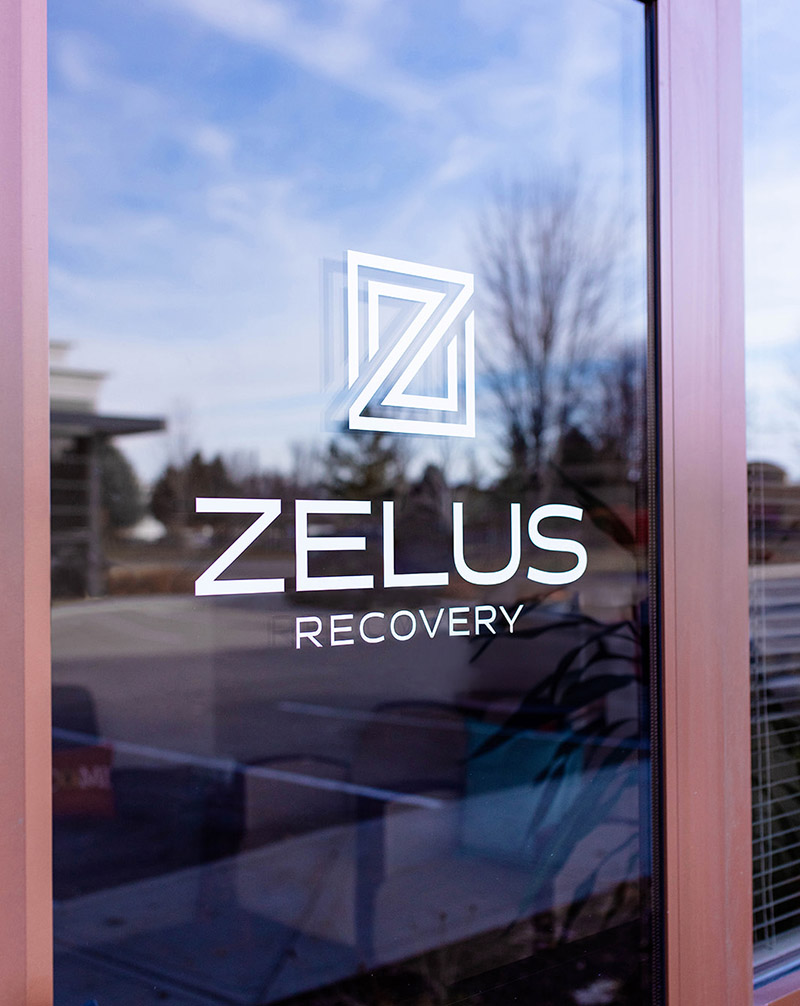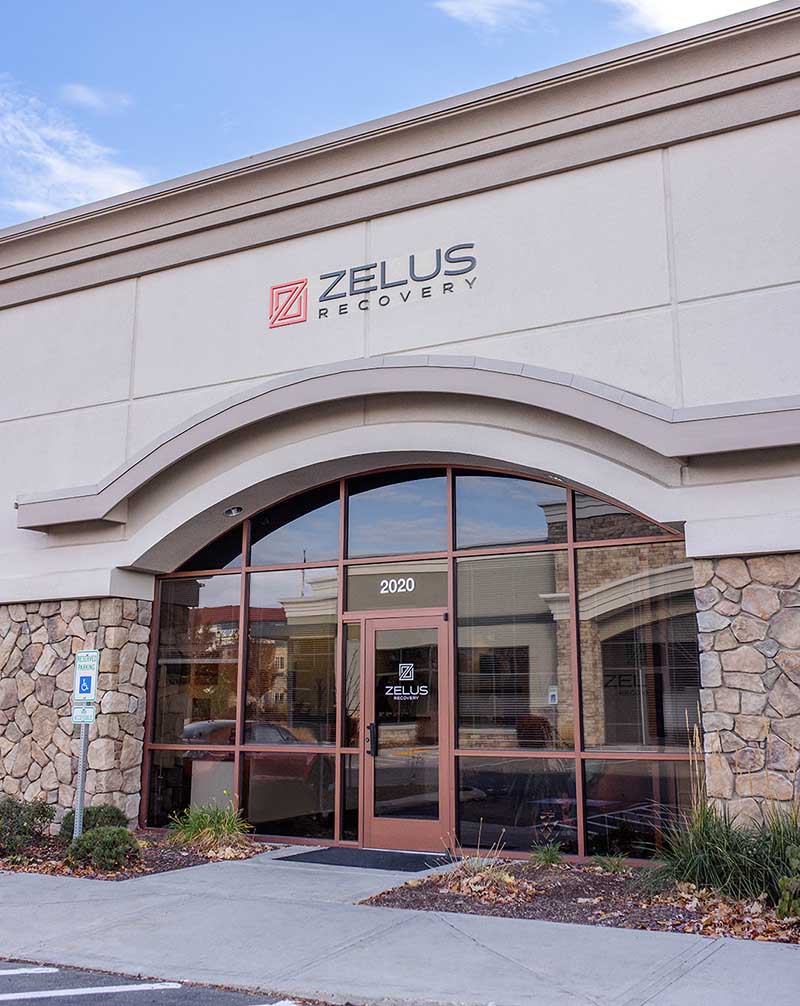Our dual diagnosis treatment in Boise, Idaho, can help if your substance issues overlap with your bipolar disorder symptoms. The two most common forms of bipolar disorder are bipolar 1 disorder and bipolar 2 disorder. What’s the difference between bipolar 1 and bipolar 2? Contact Zelus Recovery today at 208.518.0797 to learn how our treatment for teens and adults can help you thrive in life.
What’s the Difference Between Bipolar 1 and 2?
Bipolar 1 disorder and bipolar 2 disorder each have their defining symptom.
Bipolar 1 Symptoms
In bipolar 1, that symptom is the onset of an episode of mania. This state is defined by three or more indicators such as:
- Unusually rapid or more frequent speech
- Rapidly changing thoughts or ideas that you can’t control
- A reduced need to sleep
- Heightened energy levels
- An unusual tendency to get distracted
- An increase in any kind of impulsive or reckless behavior
Your episode must last for one week or longer. In addition, your symptoms must be noticeable by others and disrupt your life in some critical way.
Some people with the disorder experience hypomanic episodes instead of manic episodes. This means that their mania is not as severe and lasts for a shorter amount of time. In addition, many affected people experience bouts of major depression. By definition, a bout of this condition lasts two weeks or longer and includes severe depressive symptoms.
Bipolar 2 Symptoms
In bipolar 2, the defining symptom is the onset of a full-blown depressive episode. This state is defined by many indicators, such as:
- A loss of interest in activities that usually bring pleasure
- Changes in appetite and weight, including significant unexplained weight loss or gain
- Sleep disturbances, including insomnia or excessive sleeping
- Agitation or restlessness
- Fatigue or loss of energy
Your episode must last for two weeks or longer and include at least five symptoms from this list.
Some people with bipolar 2 also experience hypomanic episodes, but these do not progress to full-blown mania. However, even though hypomania may not be as severe as mania, it can still cause problems in daily life and have a negative impact on relationships and work.
Going Beyond Bipolar 1 Vs. Bipolar 2: Cyclothymic Disorder
The third condition of bioplar disorder sometimes gets overlooked because its effects are less severe than those of bipolar 1 or 2. In addition, it has a different-sounding name – cyclothymic disorder or cyclothymia. People affected by this disorder:
- Have bouts of mild mania that don’t qualify as bipolar 1 disorder or bipolar 2 disorder
- Have depressive symptoms that also don’t qualify as bipolar 1 or bipolar 2
- Experience their symptoms at least half of all days for at least two years
- Never go longer than two straight months without a day of symptoms
It takes a formal diagnosis to tell if you have a bipolar disorder. Your diagnosis will also tell you which of these conditions is affecting you. Treatment for the three variations, which typically includes medication and therapy, is similar but not identical.
Begin Dual Diagnosis Treatment in Boise, Idaho, at Zelus Recovery
Call us today at 208.518.0797 or contact us online to learn more about our dual diagnosis treatment in Boise, Idaho. Zelus Recovery can help you or your loved one manage substance use disorder and bipolar disorder simultaneously. Our team of experienced professionals is dedicated to helping teens and adults thrive in life despite these challenges. Don’t hesitate to reach out for help and start your journey towards a healthier, happier future today.





